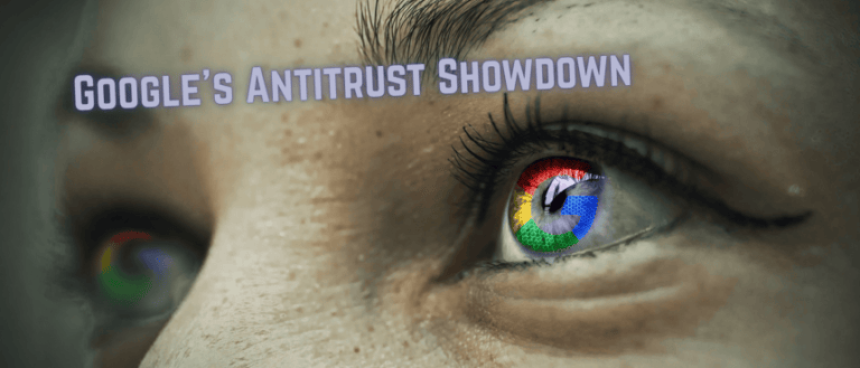Theft in the Arts
When Art Theft Meets the Digital Age of Intellectual Property
A Bold Heist at the Louvre Museum
Earlier this week, the Louvre reopened after suffering a dramatic theft: on Sunday morning, as Euronews reports, four thieves dressed as workers used a freight lift and a truck-mounted hoist to access the museum’s Seine-facing façade, climbed into the golden and ornate Galerie d’Apollon, smashed display cases, and snatched eight pieces of the French Crown Jewels, valued at approximately €88 million (about $102 million), before fleeing on motorbikes. All of this was achieved in under 7 minutes. According to AP News, the museum’s director admitted failures in surveillance coverage and security, offered her resignation (which the Culture Minister declined), and called the incident “a terrible failure.”
When Art Theft Meets the Digital Age of Intellectual Property
The Louvre heist is startlingly symbolic beyond the sheer value of the stolen jewels; it raises broader issues about theft, value, and ownership in the arts — especially in today’s digital age, when intellectual property (IP) and copyright define another frontier of risk.
Historic objects = cultural IP
The stolen pieces weren’t just commodities; they were touchstones of French history — Napoleonic jewels, symbols of monarchy, and national heritage. Their loss isn’t just financial; it represents an erosion of collective intellectual and cultural capital. One French prosecutor told Al Jazeera, “the greater damage was to France’s historical heritage.”
In the digital realm, creators face parallel concerns: when someone rips off a digital artwork, copies a photograph without attribution, or uses a creator’s IP without permission, the harm is both economic and generational (the creator’s future work, reputation, and control are undermined).
Ease of access → ease of theft
Just as the thieves leveraged a construction lift and crafted a rapid, low-touch entry to the physical museum, digital IP theft benefits from low barriers: screenshotting, file-sharing, AI training on copyrighted works, or unlicensed circulation, the same speed and anonymity that benefited the heist criminals mirror how digital works can be duplicated and disseminated globally in seconds.
Control and ownership matter
The Louvre’s theft underscores a truth: even in a heavily managed, high-security environment, loss is possible. Creators often have far less protection in their own domains. At platforms like Wallafan, where you build your brand, sell your services, and control your data, it’s essential to retain ownership of your clients, analytics, and content. If you lose control, you become vulnerable to “theft” — be it data leak, unauthorized reuse, or monetization by others.
Monetization versus dilution
The stolen jewels: priceless if kept intact, but their value plummets if melted down or split up. For digital creators, unlicensed derivatives dilute your brand, reduce exclusivity, and can steal future revenue: when your work is freely copied, the market for your originals shrinks. By contrast, properly licensed, branded, and distributed content retains its value.
Security is not optional
The Louvre’s security gaps — insufficient camera coverage, understaffing, and lack of vehicle barriers — were exposed. Creators must similarly invest in their “security infrastructure”: watermarking content, using trusted platforms, exporting client lists and analytics (features Wallafan provides), and automating processes so that no opportunity slips through the cracks.
What Creators Can Learn
- Treat your creative output and client data like heritage: protect it, value it, and track its usage.
- Diversify your revenue streams (just like the Louvre diversified its exhibitions) — your income is safer if it’s not reliant on one channel.
- Use platforms that give you ownership and insight (analytics, exportable lists, payment direct into your own accounts) rather than lock you into opaque ecosystems.
- Recognize that theft isn’t only physical: unlicensed digital use, AI training without compensation, and brand impersonation are insidious versions of the same loss.
- Stay proactive: just like the Louvre announced upgrades in barriers and surveillance, you must keep updating your tools and policies in the face of evolving threats.
In summary: The Louvre heist is more than a headline-grabbing robbery — it’s a vivid reminder that control, ownership, and protection matter deeply in both the physical and digital creative space. As a creator using Wallafan, you’re on the front lines of this transformation: own your brand, guard your data, and monetize your creativity with full control.
Author Bio:
Ashley is a busy wife and mother who can often be found listening to an audiobook while driving the mom taxi in a desperate attempt to cling to her sanity through the joy of escapism. Her love of reading inspired her to return to school, and she is currently finishing her bachelor’s degree in creative writing at Southern New Hampshire University. Being a mother does not mean you have to give up on your dreams, and her story is still being written.





